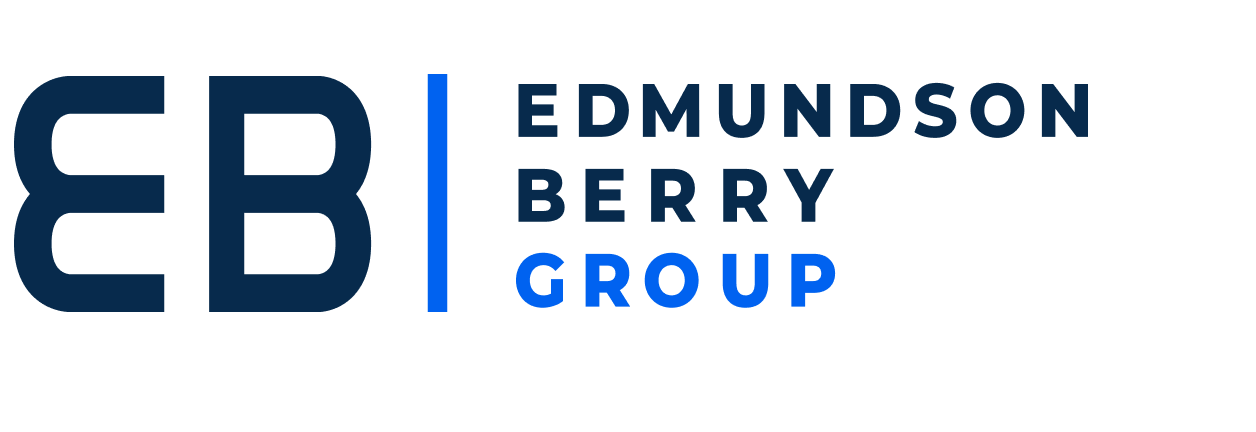
Key Executive and Management Hiring
Effective hiring isn’t an art; it’s a science. When you use a defined hiring process you can eliminate the hiring mistakes that inflate expenses, lower the top line, and hinder a company’s execution.
Every organization that creates high barriers to entry and demands strong accountability, along with constant learning requirements, has a chance to achieve greatness. Low barriers to entry, no accountability, and no requirement for advanced learning create an environment of mediocrity.
The cost of poor hires can be the greatest expense in your P&L, but it’s typically a hidden expense, inflating numerous costs while reducing the top line as well.
Hiring Impact

Our Approach
Our comprehensive system provides step-by-step instructions for structured screening, interviewing, and testing, using validated assessments to understand what motivates your candidates; and sourcing, interviewing and onboarding new hires.
A strong hiring system is one of the gateways to creating a great company. We’ll guide you through 12 distinct steps in four areas to ensure you make the right decision each time.
Our hiring system an 85% hiring success rate—compared to an average of 18-45% for companies not using the program.
Four Distinct Hiring Steps
When searching for candidates, the “shotgun” approach of generating the most respondents is rarely the most effective. When the hiring manager or HR is flooded with resumes, it can cause an egregious waste of time and money. More is not always better. With a precisely targeted approach, you can get highly qualified candidates in the door to speed the screening process.
Some candidates look great on paper, but are not a good fit for the position and aren’t worth an interview. Instead of simply interviewing the candidates who look best on paper, or interviewing everyone and relying on your hiring instincts, it’s important to properly screen candidates using predefined criteria and assessments so you only interview the top candidates for the job.
Psychologists suggest that it is human nature to make an unconscious decision as to whether you want to hire a candidate within the first ten minutes of an interview. The rest of the interview is spent looking for reasons to validate that decision. To combat this inclination, use a structured interview process whereby ten different interviewers within your company are able to arrive at the same conclusion. This decreases the potential for human bias and minimizes hiring mistakes.
You’ve hired your superstar, so what’s the best way to get them producing? Create a structured on-boarding plan that will enable the new employee to learn the job quickly and start producing return for the company. On-boarding plans aren’t solely to benefit employers, though. Top talent is always in demand, and you’ll send the wrong message to your talented new hires if you leave them to learn the job on their own terms, causing a greater risk of losing them within the first 12 months.





